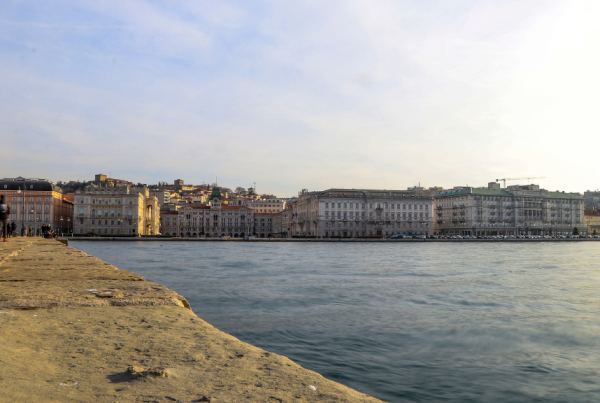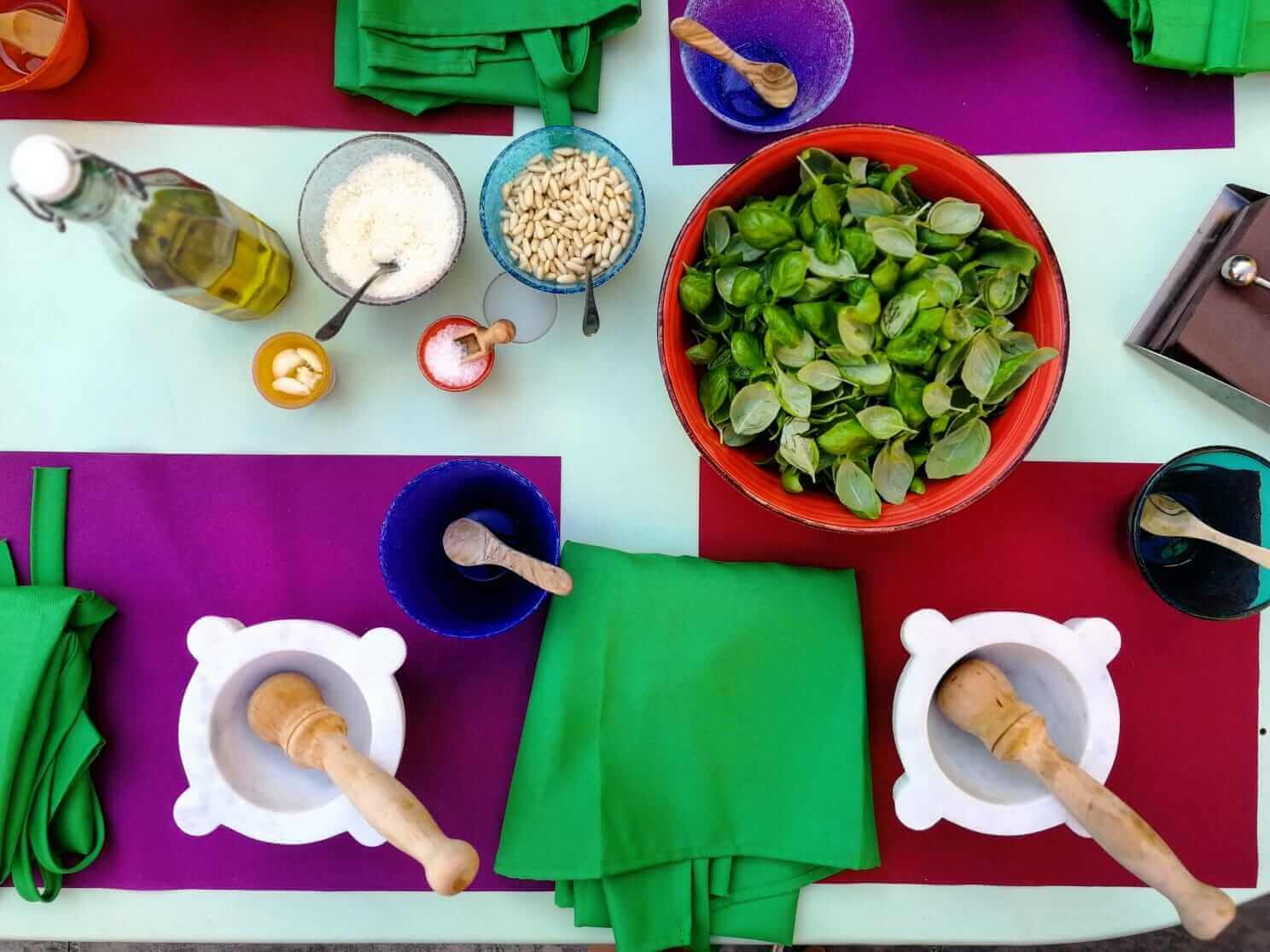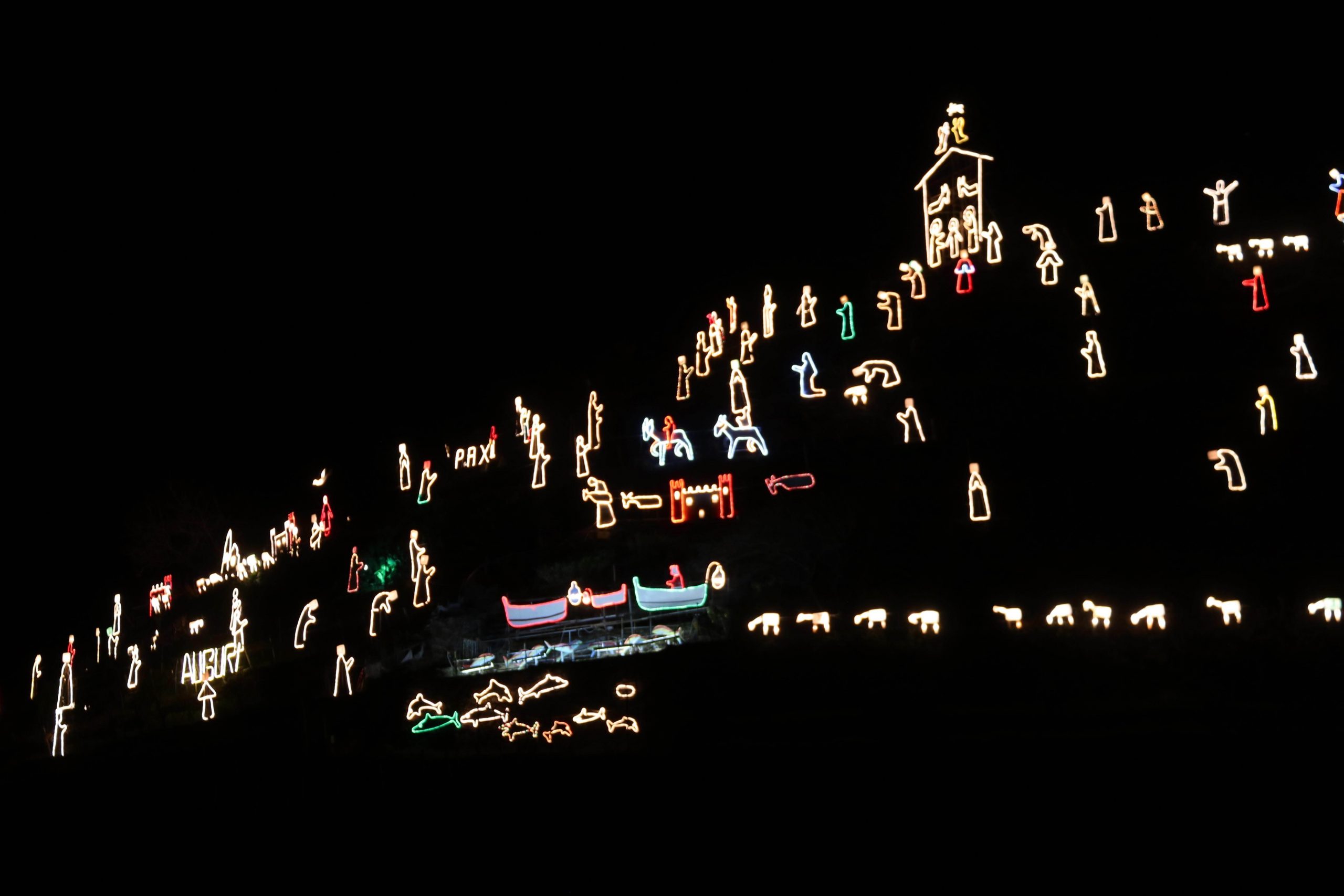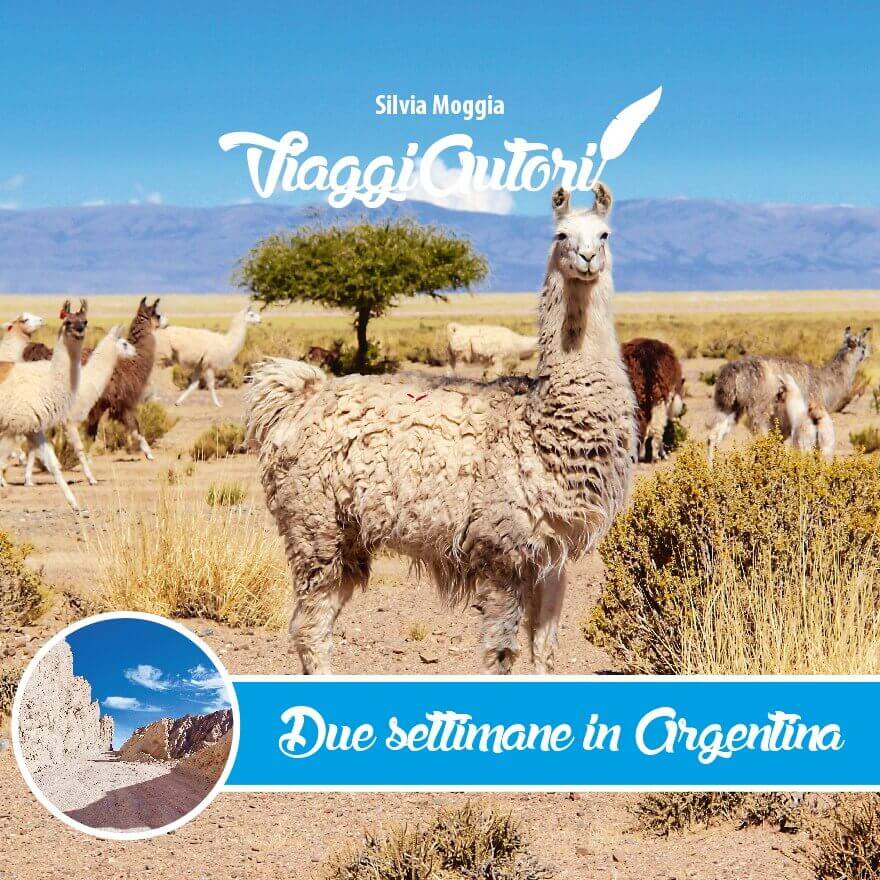Four-time a week in Levanto, you can join me to experience the so-called Levanto Walking Tour in the historical part of the village, finishing with a wine tasting in the vineyard.
A guided walk through historical alleys and pretty squares, visiting the ancient channel harbour of the Republic of Genoa, the Medieval Loggia, the St. Andrew typical church, discovering the village’s stunning history and lots of local traditions and curiosities.
The tour costs 25€ per person and is available at 5 p.m. on Fridays, Saturdays and Sundays. You can book it at least one day in advance via mail or by texting my hotel front desk on WhatsApp (+39 0187 807356).
The meeting is in front of Bianchi, the historical confectionery at the corner between Via Guani and Via Dante. This confectionery represents a highlight of my childhood afternoons, and if you want to taste something before the tour, I recommend their stuffed doughnut or the “moretto,” my favourite!

In case you can’t join me or prefer to treat yourself to a self-guided tour, here’s all you need to know:
The history of Levanto
First of all, you should pronounce Lèvanto or Lievàntu in the dialect of Genoa. It’s a small town of about 5000 residents, including those living in the twenty hamlets in the Valley.
The origins of Levanto date back to Roman times. The archives of the region have documentation of a small village called Ceula, situated on a hill and corresponding to the current town of Montale.
The ancient Roman track passing near the coast was a strategic junction on the Via Ligurum. In 476, with the fall of the Western Roman Empire, the village is subject to the Byzantine Empire and later the Lombards.
With the imperial diploma of Frederick Barbarossa, dated 1164, the primitive coastal town of Levanto, mentioned for the first time in an official document, is confirmed as feudal property of the Malaspina family.
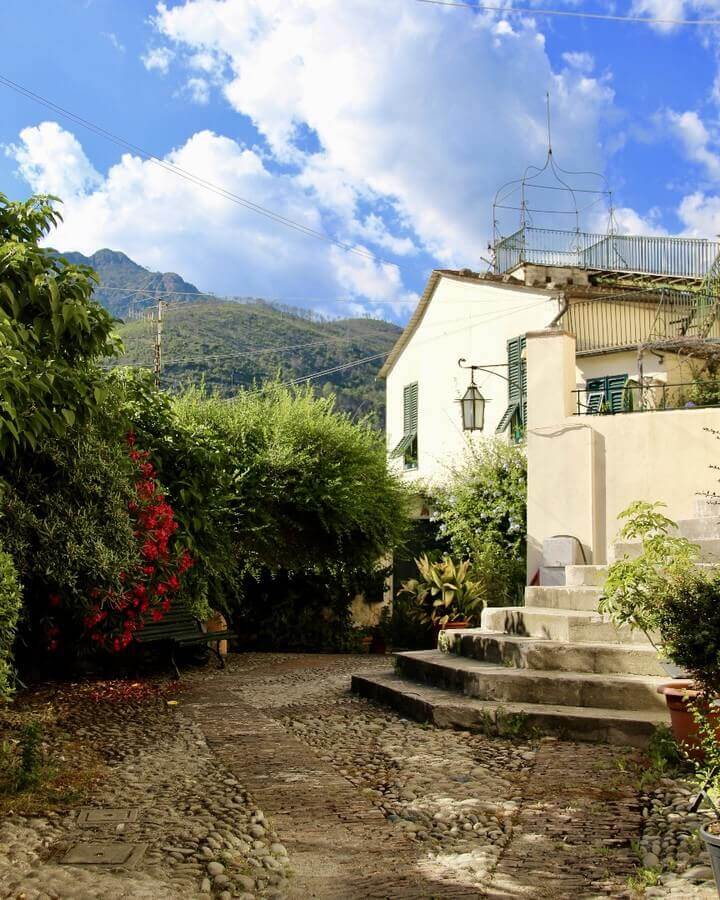
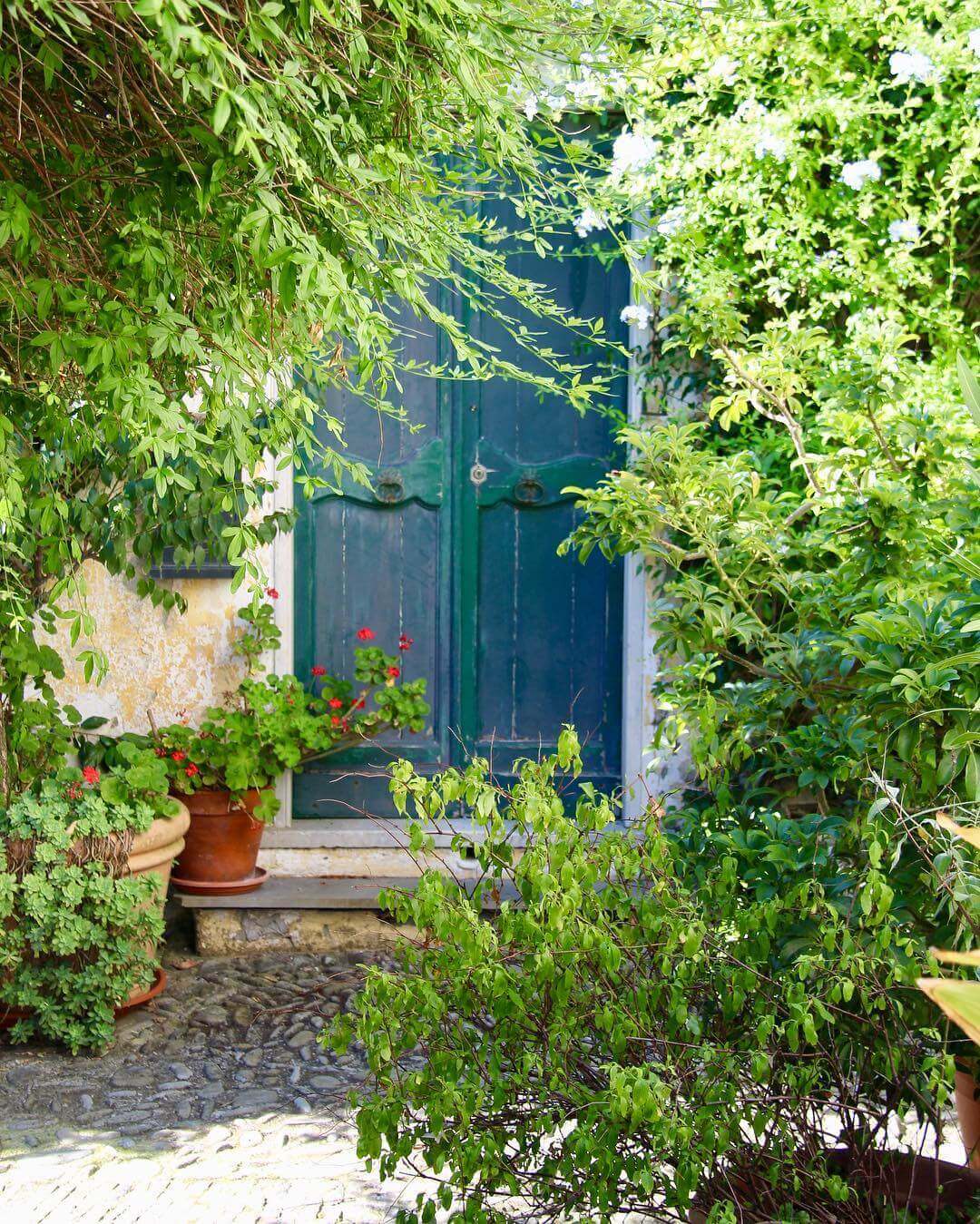

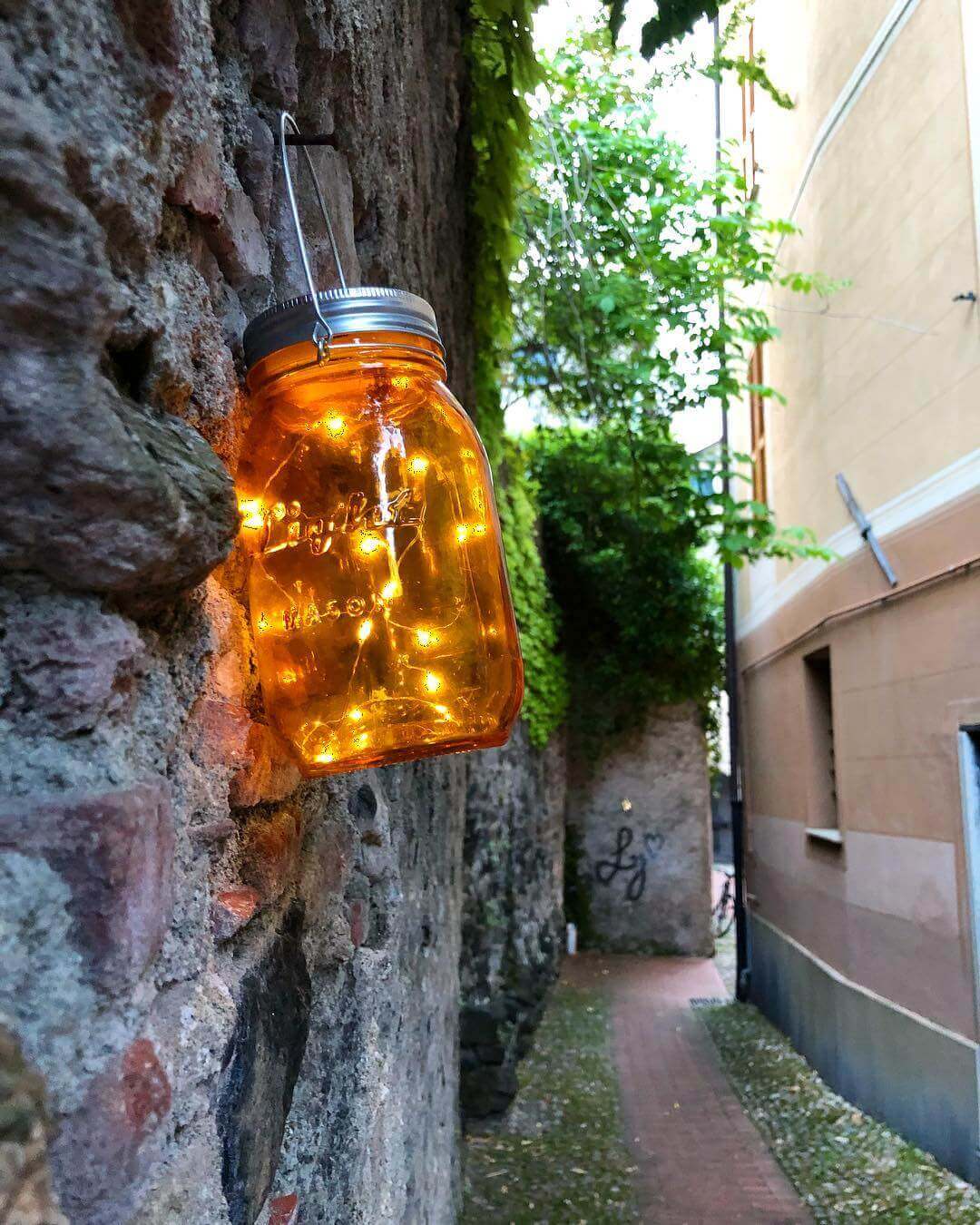
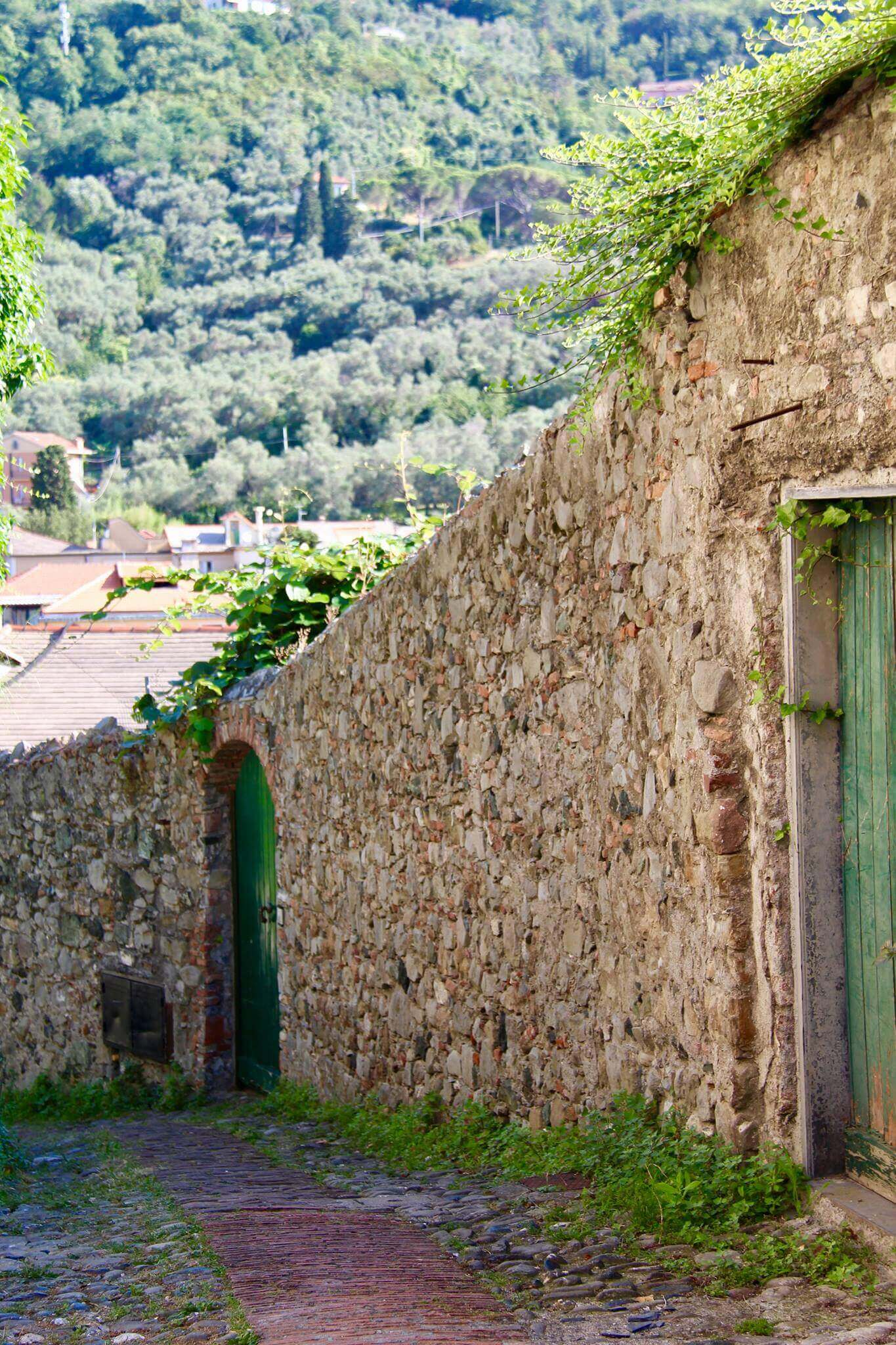
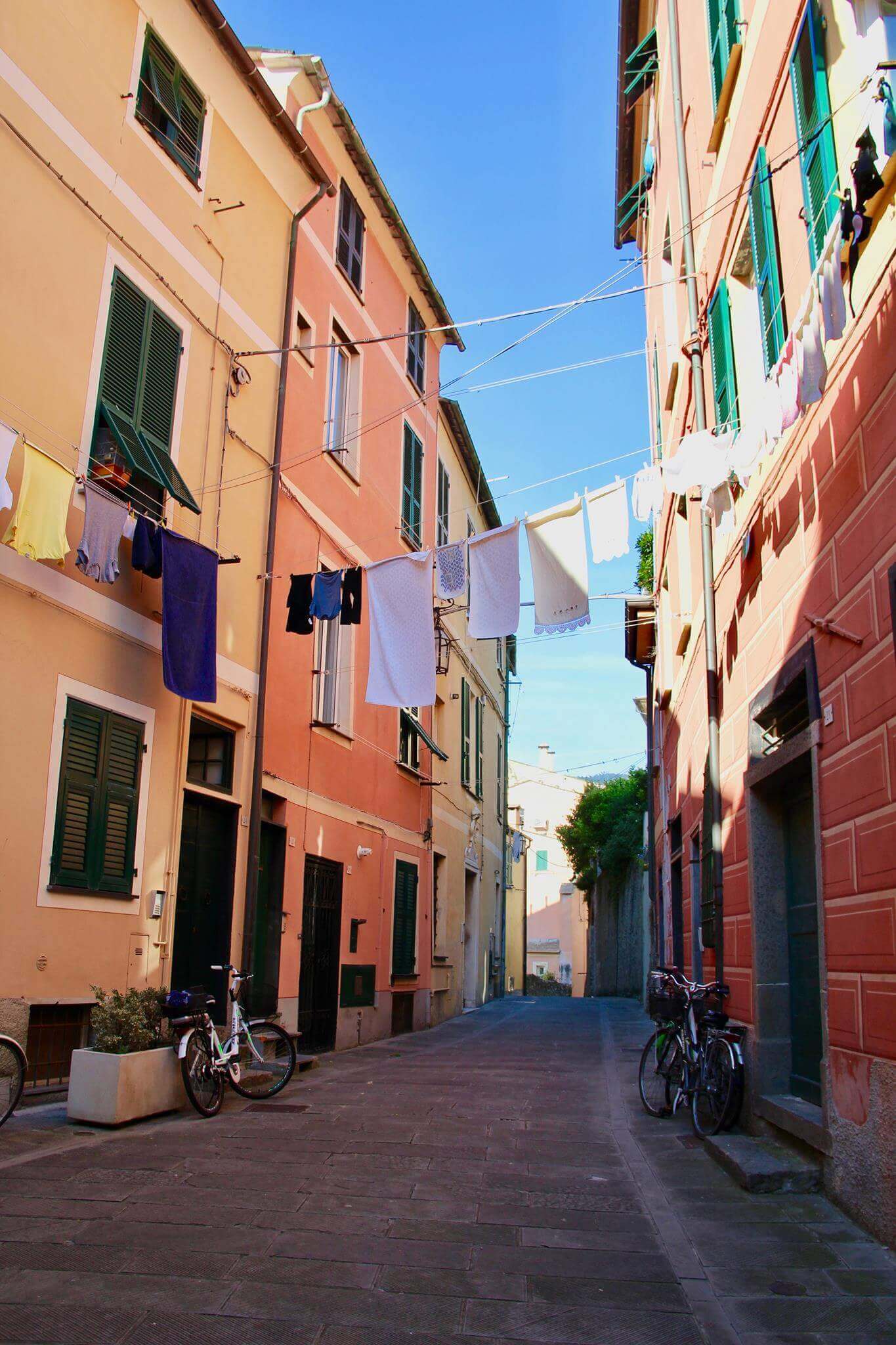
From the thirteenth century, the town’s importance on the hillside called Valle decreased and became essential to the new settlement by the sea, the so-called Borgo.
The domain over the seaside village of Levanto was of the Da Passano family, vassals of the Malaspina, who increased salt trade, obtained from local salt marshes, and exported from Borgo to Val di Vara and the Po Valley.
The family Da Passano started negotiations with Genoa until the acts of loyalty in 1132 and 1229, which included a total dedication to the Republic of Genoa and the maintenance of the historical privileges of the family and its feudal estates in Levanto.
In 1247 even the possessions of the Valley were transferred to the Republic of Genoa. Reunited in a single administrative unit managed by Genova, Levanto became an important commercial centre thanks to the channel harbor – unfortunately now completely buried – powered by the Via Francigena. Thanks to the production of wine and oil and the renowned red marble called Rosso Levanto.
The Levanto Walking Tour
You can start your walk in Piazza Cavour, in front of the Convent of the Poor Clares, now the city hall. It was started in 1605 near the Borgo Nuovo and would have housed a cloistered convent. Due to financial difficulties, the work proceeded very slowly, and the project was never completed. Only in 1688, the nuns took possession of part of the building.
In those years was completed the adjacent church of the Holy Trinity, now known as Oratorio di San Rocco, where you can see the signs of the enclosure: looking at the wall behind the altar can be seen two grates to allow the nuns of Santa Chiara to attend mass without being seen by common people.
A third grating is placed centrally on the first floor, where there was the infirmary. In the sacristy, notice the nuns’ collective grave: a marble plaque placed on the floor, with no inscriptions but with a bas relief of a nun and this because accepting the enclosure meant to die in the eyes of the world and never to return even from dead. According to the decree of Napoleon, in ‘800, the convent was acquired by the government.
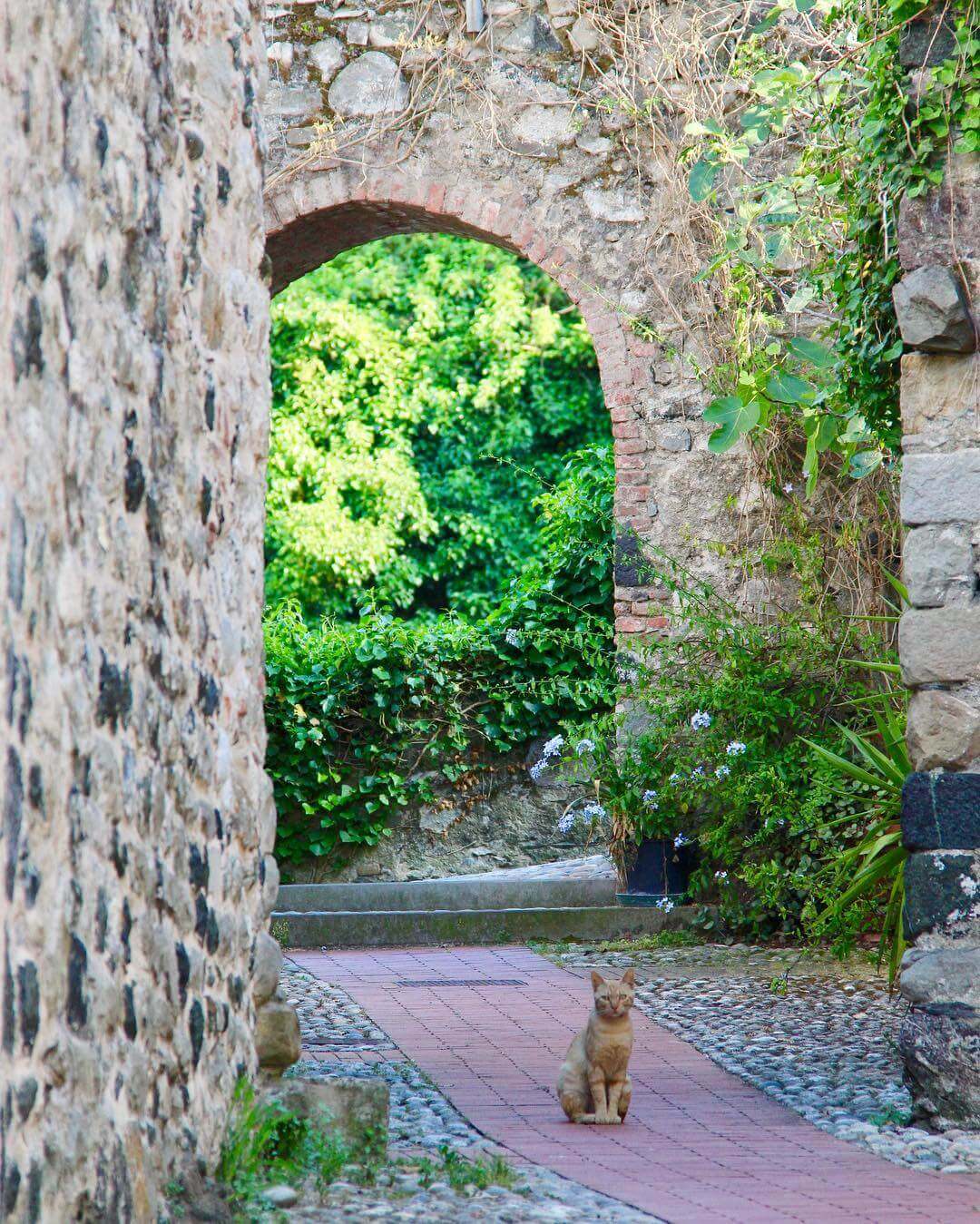
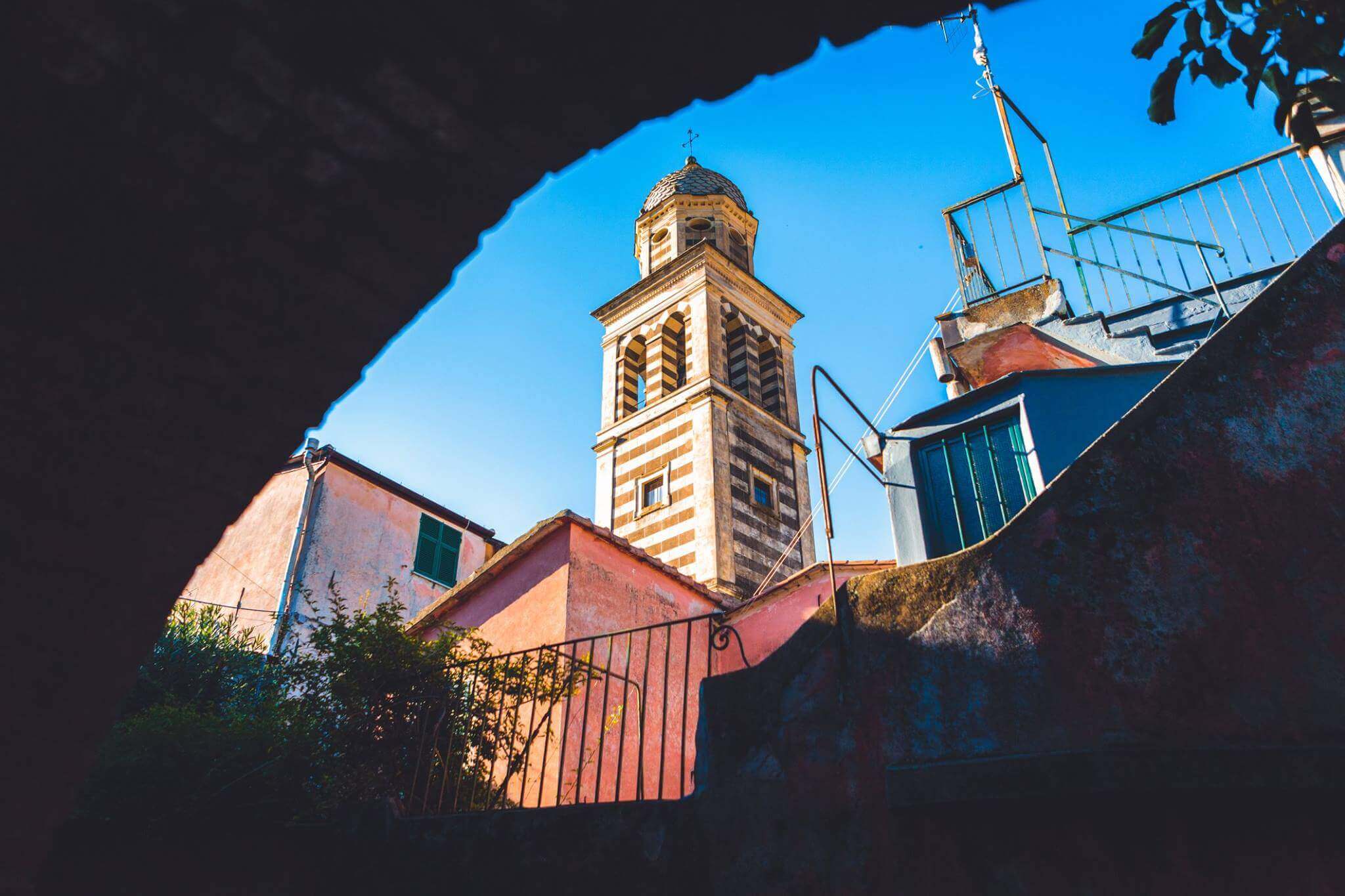
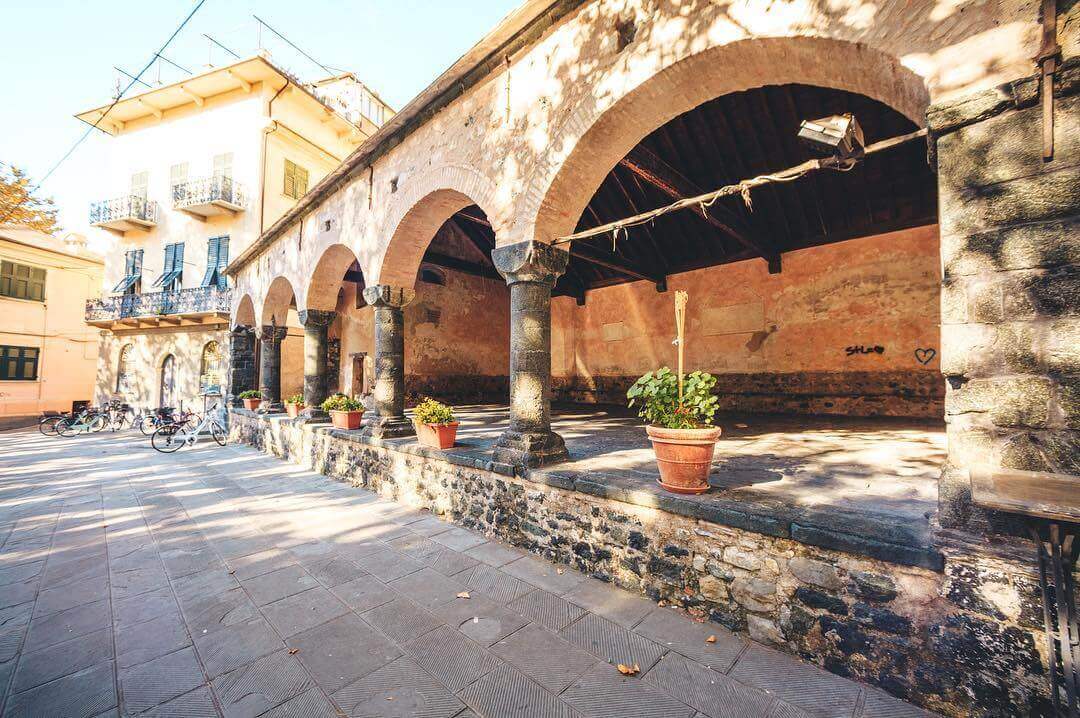


Left the oratory, head to the p of the door; look at the tower-house above the pub Mad Max.
A curiosity: at the back of the bakery Bianchi you can see the ancient popular monochrome frescoes, probably indicating that the building was home to the inn outside the city, which would The third grating is placed centrally on the first floor, where there was the infirmary, housing the travellers who arrived. Levanto at sunset when the gates were already closed …
The first building on the left side of the street brings the unmistakable traces of an old merchant’s house, with the two small stone arches intended for the passage of people on either side of a greater entrance for carriages, mules, and goods (every ship carried about 400 tons of goods, and therefore they needed about 400 mules to transport everything to the inland region. Imagine 400 mules walking around Levanto in a queue line at each ship’s arrival/departure… It must have been a very fragrant village!)
After more or less 100 meters, take the staircase passing under the arch on the left, and we ended up elsewhere … I cannot explain in words, but try it and see that the other side of the staircase is “elsewhere”: -)
Tra your time and sit on the bench in front of Santa Maria Assunta della Costa, the oldest church in Levanto now deconsecrated, and look at the marble sovrapporta (i.e., overdoor panel) made of Carrara marble by the sculptor Giovanni Gaggini. The bas-relief of the ‘500 represents St. George and the Dragon and has imprinted the arms of the noble family Da Passano.

The church was, in fact, sold in 1528 to John Gioacchino Da Passano from Levanto, whose history is important and fascinating must have been a very fragrant village!) imagines one of the negotiators of the Treaty of Madrid between Charles V and Francis I, the king and the rise of Da Passano.
In fact, he became Francis I’s ambassador at the court of Henry VIII. He returned to Italy in 1532; in Padua, he made his will, leaving about 1 million pounds to the Genoese village.
Unfortunately for Levanto, the family opposed this will, and it took 229 years of lawsuit (!!!) for the village to receive a small part of the legacy, used for the construction of schools. Who knows how the country would be today if it had received the whole inheritance…
After this break in his honour, walk past the oratory of St. James, patron of the town, to get to the Loggia, probably built in the late thirteenth century and rebuilt two centuries later by using mainly the material recovered from the primitive factory.
It’s one large room with columns and round arches and being situated in front of the old dock and therefore most likely used as a shelter for mercantile activities. A few years ago, on a wall, it was discovered an Annunciation of the fifteenth century, painted by an unknown author.
A curiosity: in the regulation of the old harbour, it was specified that in bad weather, the people of Levanto could leave their goods in storage for a day and foreign people for up to three days. Another curiosity: it was prohibited to moor boats at the Loggia… which means that the sea arrived here!
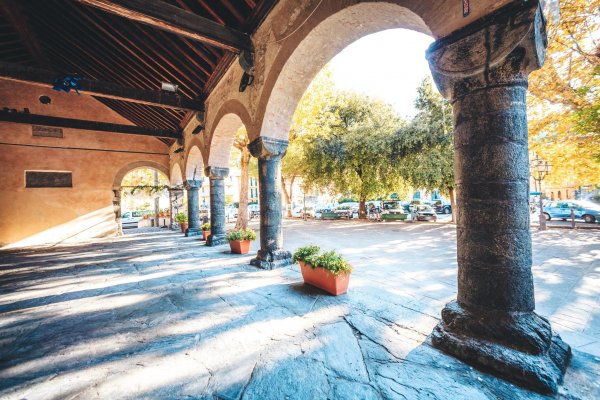
Through the ancient channel harbor, now the Piazza del Popolo, reach the Malaspina Castle, completed in 1165. At the time, it was a strong defensive fortress. In the second half of the sixteenth century, the Republic of Genoa rebuilt and extended the old building and at the same time endowed with walls the town of Levanto.
In 1637, with the creation of the Captaincy, the castle also acquired administrative functions and was the seat of local jails until the fall of the Republic of Genoa in 1797. The structure is typically military: a quadrilateral surmounted by a circular tower.
From there walk to the Church of Sant’Andrea, through the numerous and fascinating alleys that surround it, and look at the facades of the medieval buildings along the street (for instance, the restaurant Tumelin one) and notice that the capitals are at the waist or knee level… this part of Levanto has been buried over time!

St Andrew’s Church was begun in 1222 and enlarged in the mid ‘400 and then restored between the end of the last century and ‘900. The facade has alternating bands of white Carrara marble and green serpentine local marble.
The pointed-arched portal presents a fifteenth-century fresco in the lunette of Piedmont school, a Madonna and Child enthroned between St. Andrew and St. John the Evangelist. Inside there are five naves supported by columns and pillars bi quavers in serpentine, also rebuilt during the restoration. It preserves some paintings of great value, including “Madonna and Child with Saints Bartholomew and Bernard” by Antonio da Carpena. Interesting also the wooden crucifix from the fifteenth century is located above the baptistery, probably of German origin. It was found on the beach of Vallesanta (extreme right watching the sea) after a storm.
Until some time ago, the church also kept a silver chalice of Parisian school, which according to tradition, was won by Joachim during a game of chess against Henry VIII. The cup is now kept in the Diocesan Museum of La Spezia.
Leaving the church, take the alley of Compera behind it. The name comes from the House of Compere of the Banco di San Giorgio. Since 1515 and for fifty years, the bank took over the management of the village. In fact, this is because the Republic was so in debt with them to cede the administration of many of its colonies and domains in the mainland directly to the Banco di San Giorgio… well, history repeats itself because we do not want to learn if and from it.
Through the alleys reach the perimeter of the dock measuring about 4000 square meters and still visible.
You can also stop at the permanent exhibition of material culture hosted in today’s hostel, formerly home to the Augustinian convent next to the Water Gate, whose walls and stone bridge are still visible. In the exhibition, you can also learn details about the channel harbour.
Hope to welcome you to one of my tours!
P.S. For something more adventurous to do in Levanto, don’t miss my friends Marghe and Nick’s post on their blog, The Crowded Planet!





